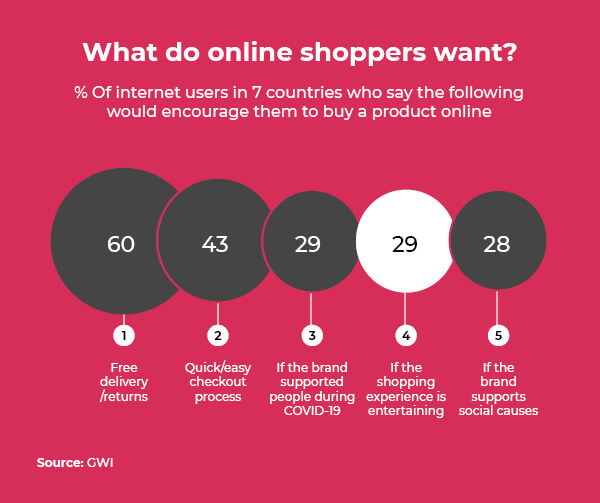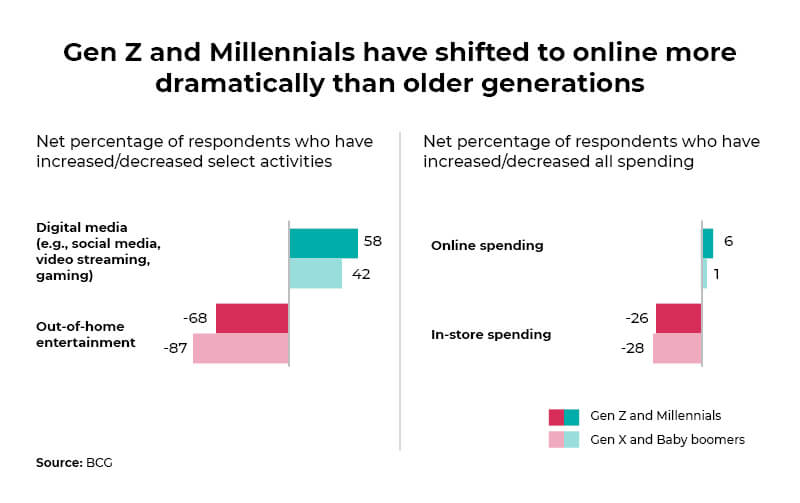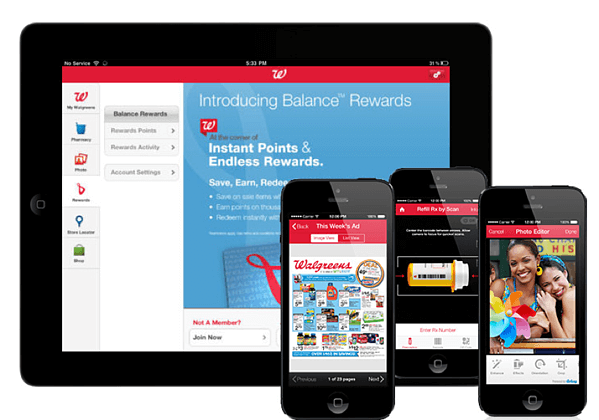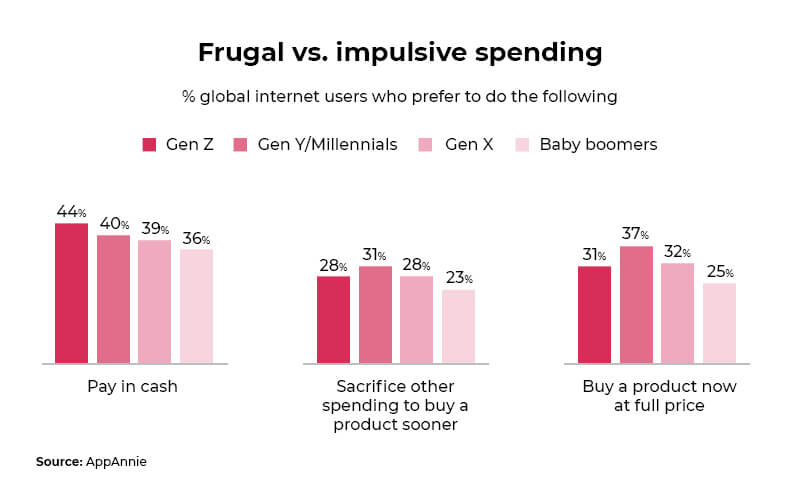Consumer behaviors have irrevocably changed. Last year, while businesses initially grappled using exigency plans, soon it became clear that they would need a solid, sustainable strategy to thrive amid the rapidly evolving realities. For many this translated to adopting new business models, being more agile, consumer-focused and innovating to stay relevant.
Even as economies gradually reopen and the vaccine made available, couches, dining tables, and bedrooms continue to double up as cockpits where people browse for products, compare brands and prices, check availability, and allow social media reviews to weigh out their next buy.
As the initial stages of the pandemic-induced stockpiling wane, e-commerce-in-2021 will see these outcomes combined with the holiday shopping performances offering businesses some tangible action points from the evolving homebody economy. For those of us unfamiliar with the term, homebody economy in the COVID-19 light refers to the pattern of consumers working and shopping from home.
At the time of writing this article, 27.6% of the 7.74 billion people world over shop online. With many more slated to get onboard, let’s look at the top impact areas e-commerce marketers can leverage to align their marketing and growth strategies for success:
Great expectations: online shoppers want to feel empowered
While convenience and immediacy were what drove conversions at the start of the pandemic, for e-commerce in 2021 these have turned into table stakes. Now, shoppers are evaluating their experiences against every other brand they’ve patronized and comparing it with the best they’ve known, even if it’s in a completely different category.
Data across age groups is steadily echoing that the purchase experience is as important as the product. Aspects like mobile responsiveness, intuitive navigation, customization options, page load times, product video buffer times, and ease of exchange or return, altogether power that stellar experience.
Additionally, as social distancing persists, micro-moments like “I want to know”, “I want to do”, “I want to buy” etc., are inducing shoppers to look for genuine advice online. Brands that ensure their social media and product page reviews are primed for these instances stand to gain maximum conversions.

Video and social commerce are sticky with millennials and Gen Z
The rising popularity of Tik Tok, digital gaming, and streaming apps such as Disney+ and Netflix have made clear the insatiable demand for on-demand content. So far the pandemic has seen Disney+ build a subscription base in five months that took Netflix seven years to achieve. With people locked in and bored, the demand for video streaming has skyrocketed. Businesses whose customers are Gen Z would find it helpful to know that these folks are 10% more likely than the average internet user to like/ follow a brand on a social network or click on a promoted/ sponsored post on a social network.
64.2% of Gen Z said they look for shopping inspiration from Instagram, compared to 39.1% of Millennials. We also observed that social commerce as a trend has only been amplified by the crisis. 2019 saw 48% of US internet users between the 18-to-34 age purchase on social media.
In China alone, live-streaming commerce is expected to more than double to USD 171 billion this year, according to a WARC Data study. With Alibaba, Etsy, and Facebook leading the pack, brands and retailers that haven’t yet considered social as a selling platform would do well to include it in their strategy now than leave good money on the table.

Omnichannel and BOPIS are popular with WFH professionals
A recent McKinsey study suggests that one-third of Europe’s major economies could continue working remotely. This means that e-commerce in 2021 will require marketers to re-evaluate their marketing approaches ensuring multichannel seamlessness.
For instance, Walgreens has created an omnichannel pharmaceutical experience by using its mobile app. The app allows customers to check and refill prescriptions without having to call their pharmacy. This eliminates potential hold times and can reduce the waiting time for in-store pick-ups. Customers can also set up reminders that alert them if a prescription needs to be renewed.
More shoppers are satisfied with mobile BOPIS than with desktop BOPIS shopping experiences, which means any retailer who wants to win at BOPIS needs to ensure their best performance on mobile and work on improving their desktop experience.

Baby boomers are quickly transitioning to smartphones fueling BNPL (Buy-Now-Pay-Later)
While online spending has typically seen Gen Z and millennials in the lead, baby boomers have exhibited the largest shift to e-commerce since the start of the pandemic, with an increase from 25% to 37%. Over the past few years, they have displayed a growing preference toward smartphones and their usage habits are soon mirroring those of younger generations.
A 2020 Statista survey depicts Facebook as the preferred social media platform for older generations (78%). Online grocery shopping alone in the US has grown by 57% among Gen X and baby boomers since Q3 2019.
Baby boomers as a generation are less likely to think of themselves as affluent. Moreover, being cash-strapped due to the crisis, e-commerce in 2021 will see them as the least likely to pay in cash or indulge in purchases that require full payment upfront, leaving more room for flexible financing options like BNPL. Retailers that offer such payment modes stand a higher chance of appealing to this audience.

All in all, if brands have failed to meet the high digital experience standards set by leading e-commerce players (in a whole different category), now is the time to shape up. Customers will no longer tolerate sub-par shopping as they did in the early days of the outbreak. Those who adopt the wait-and-watch mode run the risk of losing on business completely. Whatever your strategy ensuring a consistent and reliable digital shopping experience across devices and channels will be fundamental.
Uncovering such a result-oriented roadmap for e-commerce in 2021 requires deep insight into the latest consumer trends and applying those learning into your product development and marketing plans. Netscribes works closely with brands and digital marketplaces to meet this objective and offers the technological support to align themselves with today’s complex digital realities. Contact us to know more.






